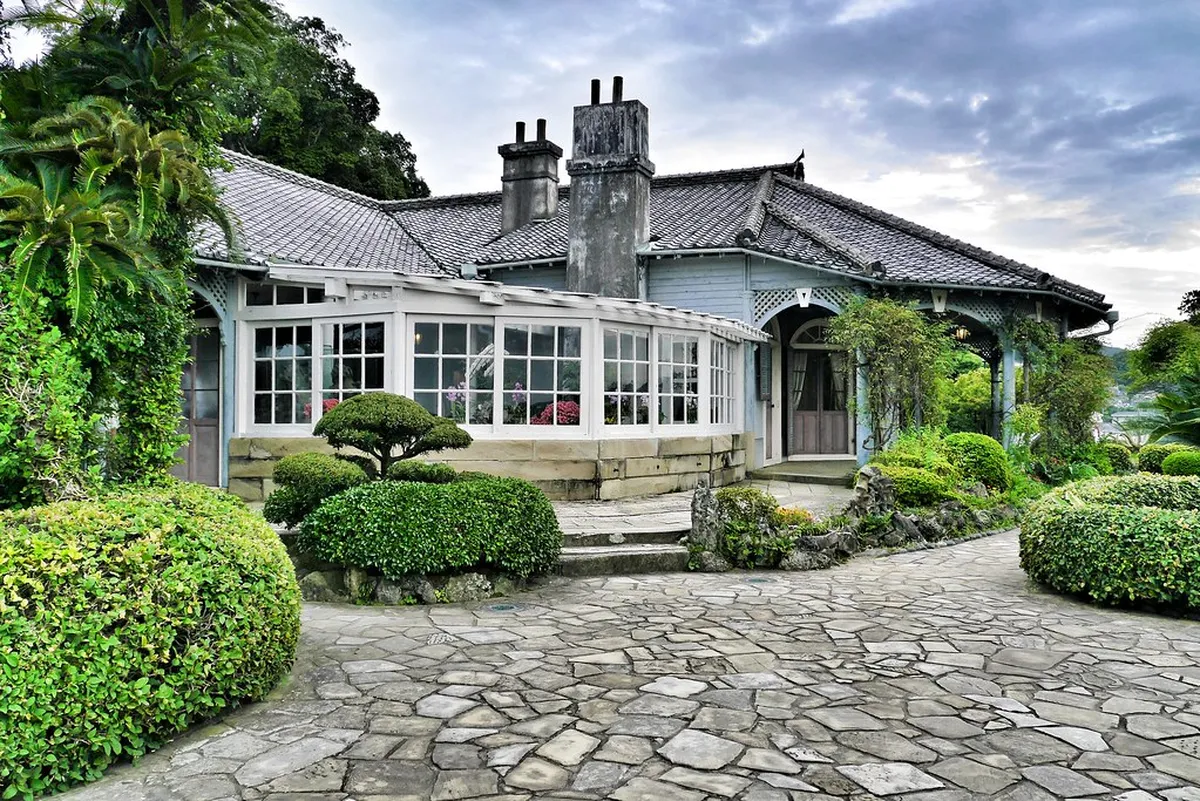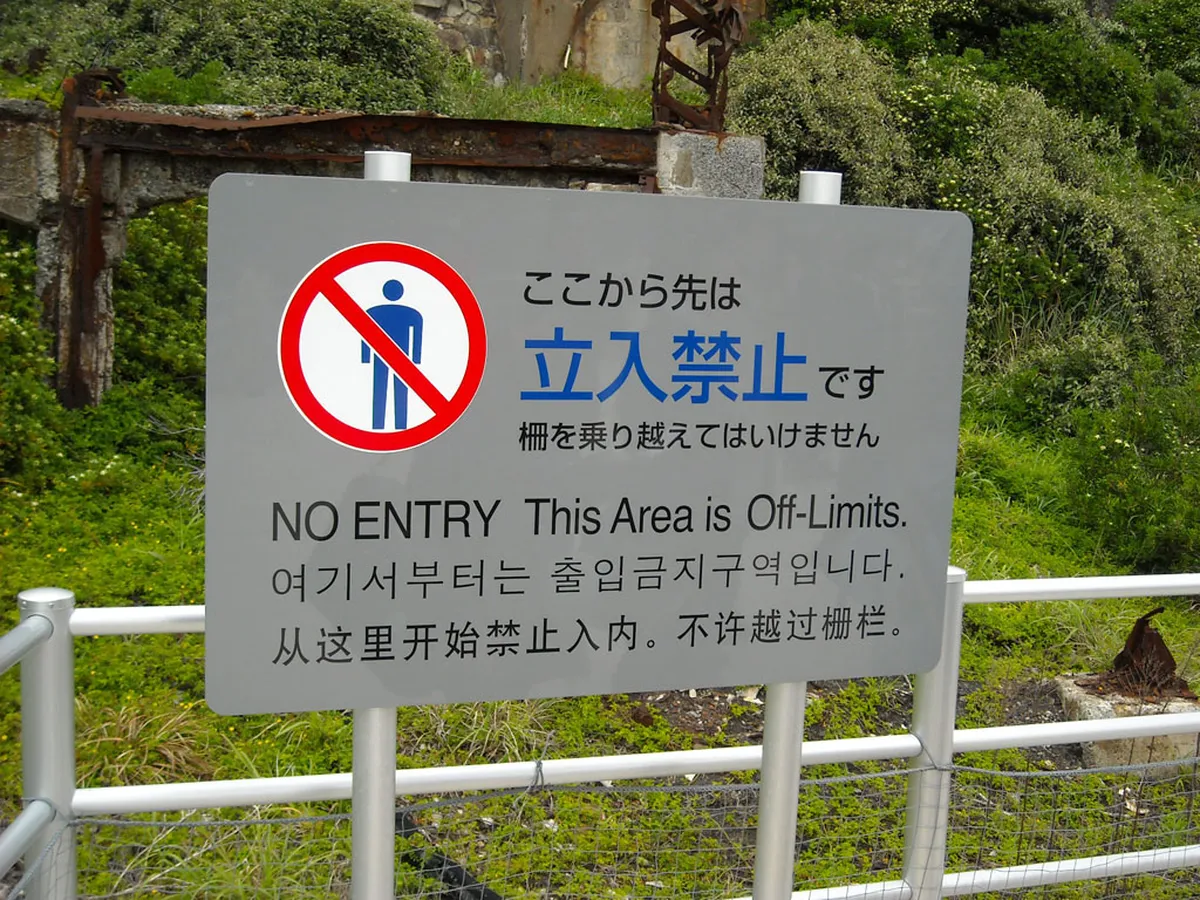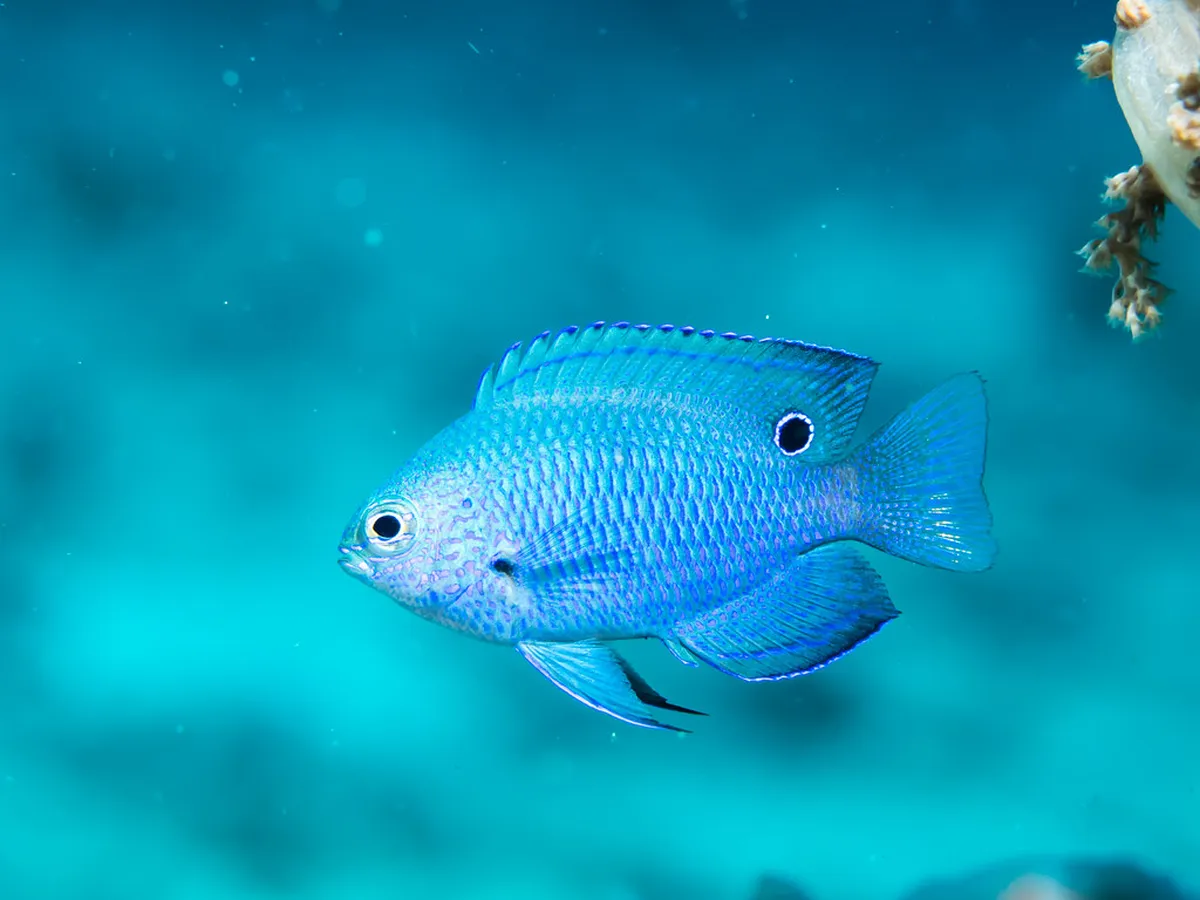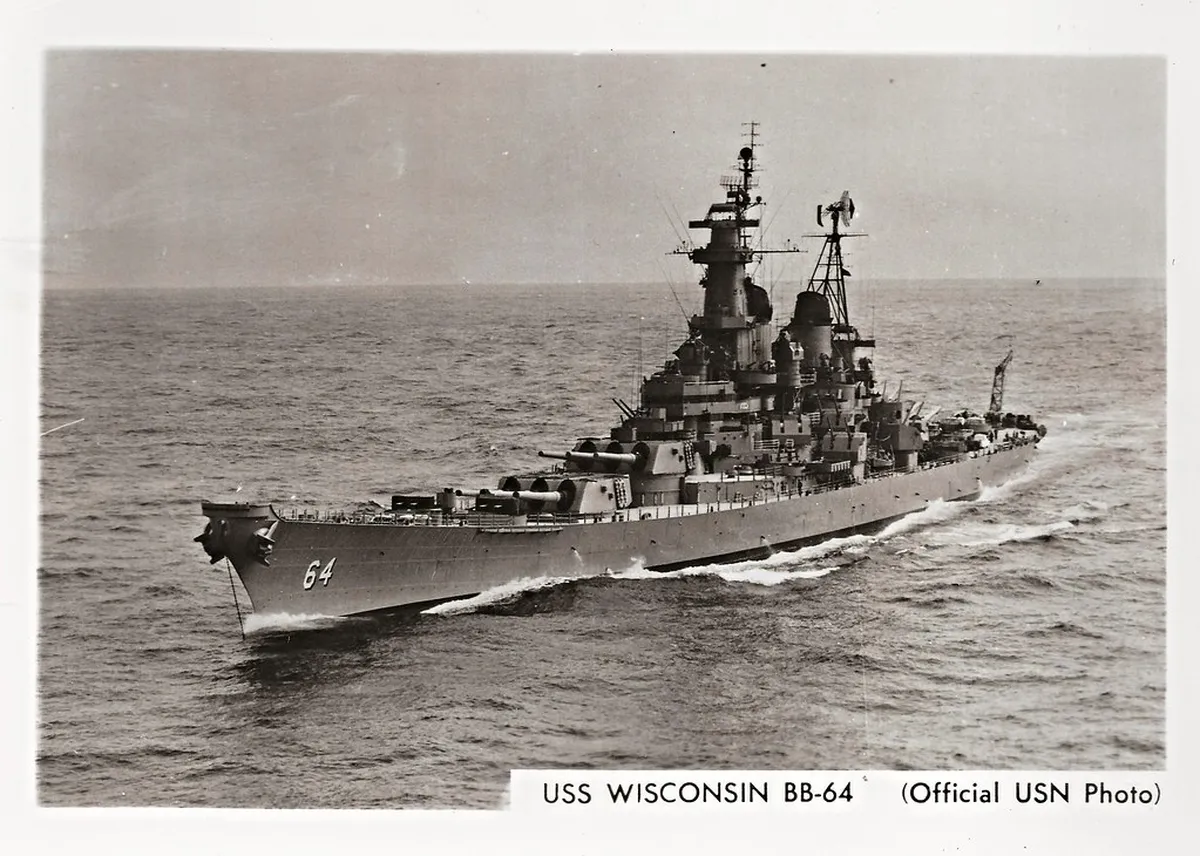
Nagasaki Itinerary: A 4-Day Journey
Table of Contents
Nagasaki Itinerary: Your Ultimate 4-Day Guide
Nagasaki, a city steeped in history, offers a blend of beautiful landscapes, unique architecture, and a rich cultural tapestry. This Nagasaki itinerary guides you through the must-visit sites, from the impactful Peace Park to the vibrant Glover Garden. With a focus on both historical significance and scenic beauty, this journey captures the essence of what makes Nagasaki an unforgettable destination.
Want to find the best travel deals for this destination? use adventure planner with our adventure planning specialist!
Key Takeaways
- Day 1: Visit Nagasaki Peace Park, Atomic Bomb Museum, and Urakami Cathedral.
- Day 2: Explore Glover Garden and enjoy views from Mount Inasa.
- Day 3: Take a guided tour to Hashima Island and learn about its mining history.
- Day 4: Savor local dishes like Champon and Castella cake; explore the local shopping street.
Day 1: Discover Nagasaki’s Historical Heart
On your first day in Nagasaki, immerse yourself in the profound history of this remarkable city. Start your journey at Nagasaki Peace Park, a tranquil space dedicated to the memory of those affected by the tragic events of August 9, 1945. Here, you will find an assortment of sculptures and monuments, each bearing a unique tale of resilience and hope.
Pro Tip: Arrive early to avoid crowds and fully appreciate the serene atmosphere. The park serves as a major symbol of Nagasaki’s commitment to peace and reconciliation.
Morning: Visit the Atomic Bomb Museum
Adjacent to the Peace Park is the Nagasaki Atomic Bomb Museum, an essential stop on your itinerary. This museum provides an in-depth account of the Events surrounding the atomic bombing and its aftermath. Through powerful exhibits, you will not only learn about the destruction but also about the poignant stories of survival and recovery.
While visiting, take your time to reflect on the personal stories and artifacts on display. They powerfully convey the harsh realities faced by the city’s inhabitants during that fateful day.
Lunch: Urakami Cathedral

Next, step into the historic Urakami Cathedral, Japan’s first Roman Catholic cathedral, which holds great significance to the local community. Interestingly, this cathedral was completely rebuilt after the bombing and now stands as a symbol of faith and renewal, featuring beautiful stained glass windows that depict biblical scenes.
After your visit, indulge in a relaxing lunch at a nearby café. Don’t miss trying a local delicacy: the famous Nagasaki Champon, a hearty noodle dish packed with seafood and vegetables, inexorably tied to the local Culture.
Afternoon: Stroll through the City
In the afternoon, take a leisurely stroll through Nagasaki’s charming streets. The city is known for its hilly landscape and stunning views, which you can appreciate as you explore sites like Dejima, an artificial island that once housed Dutch traders, and the Glover Garden, which showcases Western-style mansions surrounded by beautiful gardens, reflecting Nagasaki’s role as a prominent port city during the Edo period.
Evening: Restore and Reflect
As day turns into evening, make your way to Mount Inasa where you can take a ropeway to the summit. The panoramic views of Nagasaki at sunset are breathtaking, providing a perfect backdrop for reflection after a day of exploration. Be sure to bring your camera, as this spot is often considered one of Japan’s most beautiful night views!
“Exploring Nagasaki is not just about the destinations, but the emotions they evoke and the stories they tell.”
End your first day in Nagasaki with dinner at a local izakaya, where you can cherish the flavors of the region and engage with the warm hospitality of the people. As you unwind, take time to reflect on the powerful historical narratives and beautiful sights that enrich the city’s identity.
Day 2: Culture and Scenic Views in Nagasaki
On your second day in Nagasaki, immerse yourself in the rich culture and stunning views that this historic city has to offer. This itinerary blends beautiful parks, historical Landmarks, and panoramic vistas, making it an ideal day for exploration.
Morning: Glover Garden

Begin your day at Glover Garden, a beautiful park located on the hillside, offering spectacular views of Nagasaki harbor. This open-air museum showcases Western-style mansions that belonged to foreign traders during the Meiji period. Among these, the Glover House is particularly noteworthy as it provides insight into the life of Thomas Glover, a key figure in Nagasaki’s industrial development.
As you stroll through the gardens, take a moment to enjoy the seasonal flowers that blanket the area. The picturesque setting makes it a perfect spot for photographs. Don’t miss the lovely view over the harbor, which is especially breathtaking on clear days.
Midday: Lunch and Rest
After soaking in the beauty of Glover Garden, it’s time to replenish your energy with a delicious local meal. Head towards Hamanomai, a well-regarded restaurant known for its Champon, a noodle dish that originated in Nagasaki, combining Chinese influences and local flavors. Pair it with a side of Castella cake, a famous sponge cake that is soft and sweet—perfect for dessert lovers!
Afternoon: Mount Inasa
Following lunch, set off to Mount Inasa. You can take a scenic cable car ride that lasts about 10 minutes, offering a gradual ascent with glimpses of the city below. At the summit, you will be rewarded with one of Japan’s three best night views—a must-see experience!
Spend some time at the observation deck, where you can enjoy panoramic views of Nagasaki, including its unique topography defined by hills and the sea. It’s an excellent opportunity for breathtaking photographs, especially during late afternoon when the sun begins to lower.
“The scenic beauty of Mount Inasa is unparalleled; as the sun sets, the city transforms into a sea of twinkling lights.”
Evening: Explore Local Shops
After descending from Mount Inasa, take the evening to stroll around the local shopping streets, where you can discover unique souvenirs and traditional crafts. Spend some time browsing the shops, and don’t hesitate to enter a few local boutiques that sell handmade items and regional specialties, giving you a taste of Nagasaki’s Culture.
As the day winds down, consider finding a cozy café to relax. Enjoy a cup of locally brewed tea or coffee while reflecting on your day filled with cultural Experiences and stunning sights.
Conclusion
Your second day in the Nagasaki itinerary has been filled with iconic attractions and culinary delights. From the historical significance of Glover Garden to the breathtaking views from Mount Inasa, this day promises to immerse you in the beauty and rich history of Nagasaki. Tomorrow, gear up for a thrilling excursion to Hashima Island, also known as Gunkanjima!
Day 3: Day Trip to Hashima Island (Gunkanjima)
On Day 3 of your Nagasaki itinerary, embark on an unforgettable day trip to Hashima Island, also known as Gunkanjima or “Battleship Island” due to its unique shape resembling a battleship. This abandoned island, steeped in history and intrigue, offers a profound glimpse into Japan’s industrial past.
To begin your adventure, make sure to book a guided tour in advance. Tours typically depart from Nagasaki’s harbor and provide you with essential insights into the island’s historical significance. Hashima Island is best known for its rich coal mining history, which played a pivotal role in Japan’s industrial revolution. The island was once densely populated, featuring towering concrete buildings to accommodate workers and their families.
Pro Tip: Wear comfortable shoes and bring a camera! The rugged landscape and decaying architecture create perfect photographic opportunities.
Departing for Gunkanjima
Most tours last around 3-4 hours, including travel time. The boat ride itself is about 30 minutes, allowing you to soak in the views of the Nagasaki coastline before you reach Gunkanjima. As you approach, you’ll be struck by the dramatic sea scenery and the stark silhouette of the ruins rising from the water.
Exploring the Island

Upon arrival, guided tours typically navigate along the island’s Highlights. You’ll explore remnants of the past, such as the iconic Gunkanjima Coal Mine, the crumbling apartments, and the eerie silence that envelops the island. Your guide will share captivating stories of the island’s former inhabitants and the harsh conditions they endured while working in the coal mines.
| Highlights of Hashima Island | Details |
|---|---|
| Coal Mining Facilities | Learn about the industrial infrastructure that supported the miners. |
| Abandoned School | Visit the empty school that once served the island’s children. |
| Ruined Apartments | Witness the living conditions of thousands who called the island home. |
As the exploration unfolds, take a moment to wander through the ruins and reflect upon the stories hidden within the crumbling walls. Gunkanjima stands not only as a historical monument but also as a powerful reminder of the human cost of industrial progress.
Return to Nagasaki
After an informative and moving experience on Hashima Island, you’ll return to Nagasaki. You may feel inspired and eager to share your newfound knowledge about Japan’s coal mining history. Once back in the city, consider visiting the Nagasaki Peace Park or the Atomic Bomb Museum to reflect on the important lessons of peace and resilience.
The day at Gunkanjima will undoubtedly enrich your Nagasaki itinerary, providing a unique blend of history and scenery that’s hard to replicate elsewhere in the world.
Day 4: Experience Local Cuisine and Relax
Tip: Discover the best Nagasaki experiences with Viator Tours!
On your fourth day in Nagasaki, prepare yourself to indulge in the rich flavors of the local cuisine while also embracing the city’s laid-back atmosphere. Culinary exploration is a significant part of your Nagasaki itinerary, particularly with the unique dishes that reflect the city’s diverse cultural influences.
Morning: Start with Nagasaki’s Famous Champon
Begin your day with a hearty Champon, a popular ramen dish originating from Nagasaki. This delightful noodle soup features a combination of wheat noodles in a pork and seafood broth, topped with an array of fresh vegetables and ingredients like shrimp, squid, and kamaboko (fish cake). You can find some of the best Champon at local eateries, such as Shikairo, which prides itself on being one of the original inventors of the dish.
Pro Tip: Don’t skip the chance to try the Karashi Renkon (lotus root stuffed with mustard) as a spicy side dish; it’s a unique local specialty!
Midday: Explore the Shopping Streets
After enjoying a revitalizing meal, stroll towards the lively Shinchi Chinatown or Maruyama Shopping Street. These vibrant shopping districts offer an assortment of local handicrafts, souvenirs, fashion items, and an array of eateries. Don’t forget to sample the sweet treats available at various stalls, particularly the iconic Castella cake, a sponge cake introduced by Portuguese merchants in the 16th century. Its light and fluffy texture makes it a favorite among locals and tourists alike.
Afternoon: Cultural Relaxation at the Botanic Gardens
Following your shopping spree, take a leisurely afternoon stroll through the Nagasaki Botanic Garden. This beautiful garden features a diverse collection of flora from around the world, reflecting the city’s history as a port town. The peaceful atmosphere is perfect for relaxing, enjoying nature, and taking picturesque photos. The garden also has several seating areas where you can soak in the tranquility.
Evening: Savory Seafood and Entertainment
As the sun sets, indulge in Nagasaki’s seafood offerings. Head to a local izakaya (Japanese-style pub) or seafood restaurant to sample fresh catches of the day. Popular dishes include Sofukiyaki (grilled fish), or Nagasaki-style sushi. Enjoying these local seafood dishes while mingling with local patrons adds to the authentic experience.
To conclude your day, consider visiting a karaoke bar or a local onsen to embrace the traditional Japanese pastimes. Engaging in karaoke allows you to immerse yourself in the local culture and have a fun evening filled with laughter.
Key Insight: Embracing local cuisine is essential for a holistic travel experience. In Nagasaki, it reflects the harmonious blend of influences from diverse cultures, making it a unique gastronomic adventure.
Summary

Your fourth day is not just about savoring delicious food but also encompasses relaxation and enjoying what Nagasaki has to offer. From local dishes like Champon that tantalize your taste buds to the vibrant shopping streets that entice you to explore further, Nagasaki reveals its charm through its culinary delights and serene environments.
Best Time to Visit: Seasonal Highlights for Your Nagasaki Itinerary
Insider Tip: Get the most out of your Nagasaki visit with guided tours!
When planning your Nagasaki itinerary, it’s essential to consider the best time to visit this historic city. Each season brings unique Experiences that can enhance your journey through Nagasaki. From stunning cherry blossoms in spring to vibrant autumn foliage, each season offers something special. Let’s explore the seasonal highlights.
Spring (March to May)
Spring is one of the most popular times to visit Nagasaki due to the beautiful cherry blossoms. In March and April, the city bursts into color as sakura trees bloom throughout parks and along streets. A must-see is Nagasaki Peace Park, where you can enjoy a picnic beneath the blossoms. Additionally, spring festivals come alive, showcasing traditional culture and local cuisine.
“Springtime in Nagasaki not only offers scenic beauty but also a chance to immerse yourself in local traditions.”
Summer (June to August)
Summer in Nagasaki can be warm and humid, but it has its own allure. This season is perfect for enjoying beach Activities at nearby resorts and indulging in fresh seafood. July brings the Nagasaki Kunchi Festival, featuring traditional dance, music, and magnificent floats. While exploring the famous Dejima island, you can also witness historical reenactments that transport you back in time.
Autumn (September to November)

Autumn is another fantastic time to visit, typically characterized by mild temperatures and stunning foliage. The trees transform into vibrant shades of red, orange, and yellow. Locations like Mount Inasa provide panoramic views of the city and the surrounding nature. Autumn food festivals highlight local cuisine, making it a delightful season for food enthusiasts who wish to savor seasonal flavors.
“The autumn leaves create a beautiful backdrop for sightseeing, making it a photographer’s paradise.”
Winter (December to February)
Winter may not be the busiest travel season, but it has its charm. Nagasaki Lantern Festival in February lights up the city and celebrates the Chinese New Year with thousands of colorful lanterns. This festival transforms Nagasaki into a fairyland at night, making it a magical experience for visitors. Enjoy local dishes like Champon and Castella cake to warm up from the chilly air.
If you enjoy outdoor beauty, explore the scenic views of Nagasaki City from different vantage points against the backdrop of snow-capped mountains.
Conclusion
Ultimately, the best time to visit Nagasaki depends on your interests. Whether you desire the vibrant blossoms of spring, the festive spirit of summer, the beautiful foliage of autumn, or the enchanting lanterns of winter, each season uniquely contributes to your Nagasaki itinerary. By planning accordingly, you can ensure a memorable experience that captures the essence of this beautiful city.
Travel Tips for Your Nagasaki Itinerary: Transport, Costs, and Safety
Traveling around Nagasaki can be an exciting adventure. However, having a solid understanding of the transport options, costs, and safety measures will enhance your experience and ensure a smooth journey. Here’s a handy guide to help you navigate your Nagasaki itinerary effectively.
Getting Around Nagasaki

Nagasaki boasts an efficient public transport system that enables visitors to explore the city with ease. Here are the main options:
- Tram System: The Nagasaki Electric Tramway is an accessible and charming way to navigate the city. It runs regularly and connects major tourist attractions, making it easy to hop on and off. Trams are punctual and reasonably priced, with a one-way ticket costing around ¥120.
- Buses: The local bus service is comprehensive and can take you to more remote areas. The Nagasaki Seaside Park and Mount Inasa are easily reachable by bus. Make sure to check the bus schedules as they may vary, especially on weekends and holidays.
- Taxis: Taxis are available, but they can be pricier compared to public transport. It’s generally advisable to use taxis for late-night travel when public transport is less frequent.
The Costs of Visiting Nagasaki
Your budget for exploring Nagasaki will depend on your travel style and preferences. Here’s a brief overview of typical costs:
| Expense | Cost (¥) |
|---|---|
| Tram Ticket (one-way) | 120 |
| Bus Ticket (one-way) | 200 |
| Restaurant Meal | 800-2000 |
| Attraction Entry Fee | 500-1500 |
| Accommodations (per night) | 6000-15000 |
Pro Tip: For budget-friendly travel, consider purchasing a Nagasaki City One-Day Pass, which offers unlimited travel on the tram for about ¥500.
Ensuring Safety While Traveling
Nagasaki is generally a safe city for both tourists and locals. However, it’s always prudent to observe safety measures:
- Emergency Contacts: The local police can be reached at 110 for emergencies, while most hospitals and clinics have English-speaking staff.
- Natural Disasters: As Nagasaki is prone to earthquakes and typhoons, casual vigilance is recommended. Make yourself familiar with evacuation routes in your accommodation.
- Health Precautions: Garden or park visits may expose you to allergens or insects, so have basic medications on hand. It’s also wise to stay hydrated, especially in the summer months.
Overall, by planning ahead and being mindful of these travel tips, you can build an enriching Nagasaki itinerary that maximizes your time and enjoyment in this captivating city.
This 4-day Nagasaki itinerary is crafted to immerse you in the city’s historical significance, stunning landscapes, and rich cultural experience. From poignant memorials to breathtaking views, each day offers unique insights into Nagasaki’s past and present. Start planning your Nagasaki itinerary today and create memories that will last a lifetime!
Frequently Asked Questions
A: The best time to visit Nagasaki is during spring (March-May) and autumn (September-November) for mild temperatures and beautiful scenery.
A: A 4-day itinerary is ideal for exploring major attractions and local Experiences.
A: Essential sites include Nagasaki Peace Park, Glover Garden, and the Atomic Bomb Museum.
A: Nagasaki has a reliable public transport system, including trams and buses.
A: Yes, Hashima Island is a fascinating day trip option known for its unique history.
A: Visit local markets and restaurants in the downtown area to enjoy traditional Nagasaki cuisine.